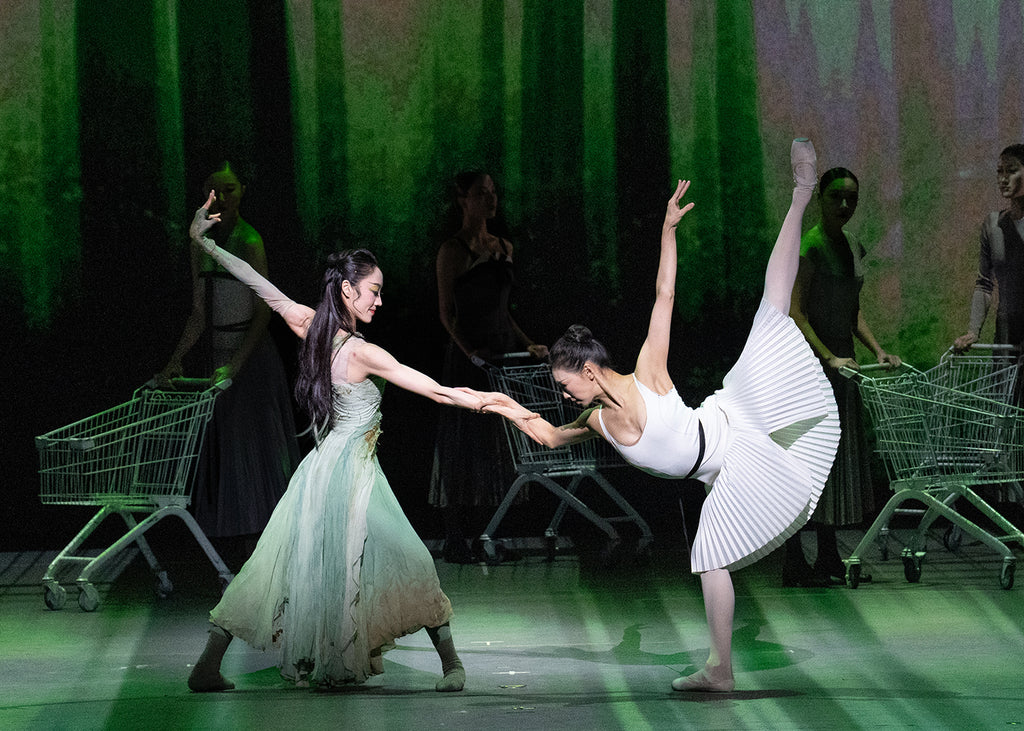Critic's Picks 2025
Throughout the year, our critics attend hundreds of dance performances, whether onsite, outdoors, or on the proscenium stage, around the world.
Continue Reading
World-class review of ballet and dance.
During the summer, two Chinese dance productions came to Koch Theater at New York’s Lincoln Center: “Lady White Snake” from Shanghai Grand Theater in July and “Butterfly Lovers” from Hong Kong Ballet in August. These traditional tales, perennial favorites for full-length treatments, are shown to advantage in dance productions. The principals’ large, bold steps and big sweeping turns, the massing of costumes in the ensembles, and skilled lighting projections of period settings—all contributed to evocative retellings of the traditional stories. Audiences loved the stagings, as did social media.
Performance
Place
Words



“Uncommonly intelligent, substantial coverage.”
Your weekly source for world-class dance reviews, interviews, articles, and more.
Already a paid subscriber? Login

Throughout the year, our critics attend hundreds of dance performances, whether onsite, outdoors, or on the proscenium stage, around the world.
Continue ReadingOn December 11th, the Alvin Ailey American Dance Theater presented two premieres and two dances that had premiered just a week prior.
Continue ReadingThe “Contrastes” evening is one of the Paris Opéra Ballet’s increasingly frequent ventures into non-classical choreographic territory.
Continue ReadingI’m in the audience of the Pit to watch Kaori Ito’s solo performance, “Robot, l'amour éternel.” It’s in the blackbox performing space at the New National Theatre Tokyo, intimate and close. The stage is an open, raised platform, gauzy white fabric covering the floor.
Continue Reading
comments